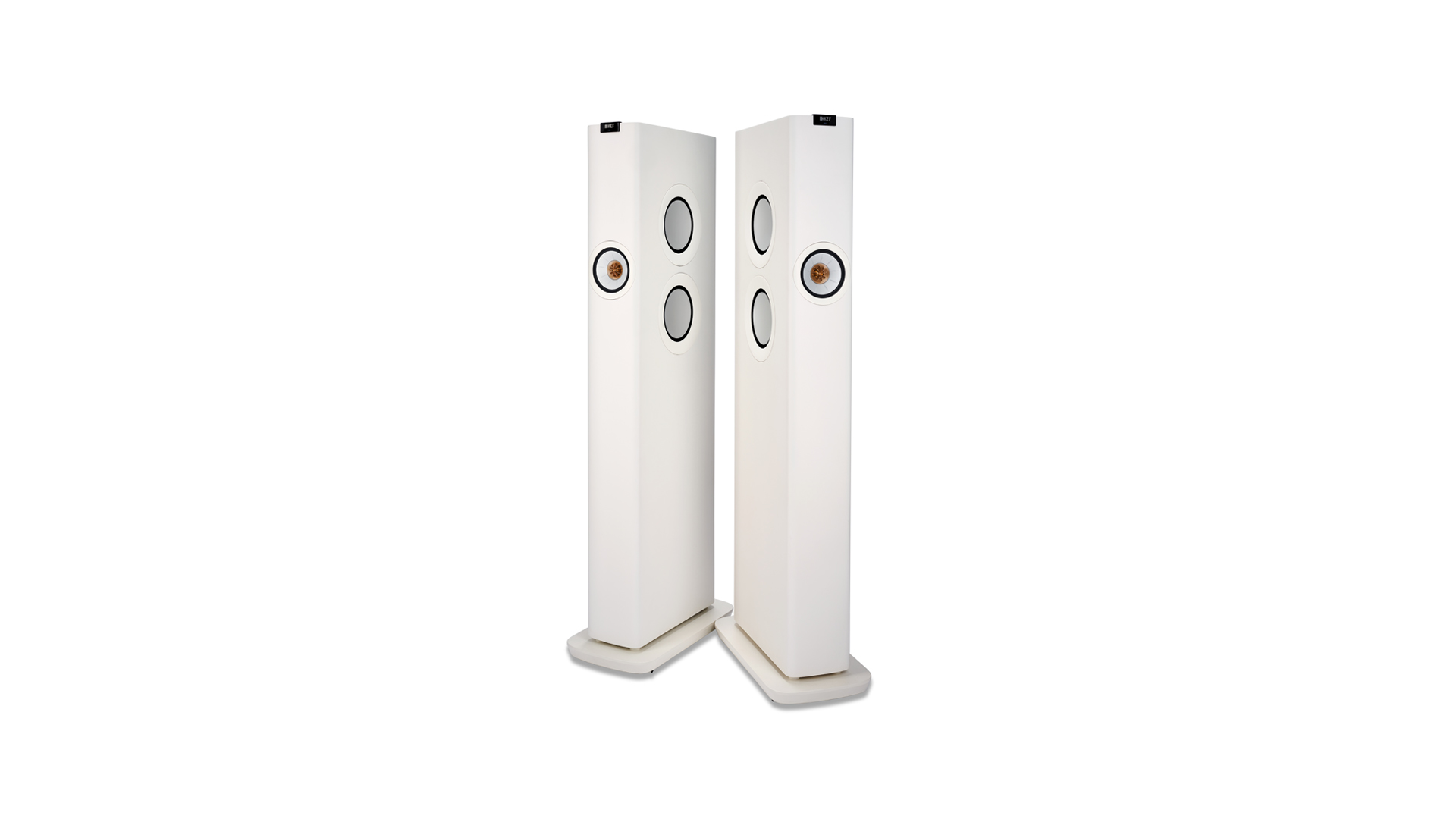Well that's that, us 5"ers were rightAh, I was right about the woofers after all
So the reason the blade comparison didn’t work was because the Uni-Q is smaller
It is, honestly, a bit silly when people talk about "extension" for active designs. You can EQ the extension to whatever you want, and manufacturers always EQ the extension to some degree. Comparing F3/F6 to passive designs has no meaning.That extension is lower than the Blade Two and comparable to Blade One, despite the much smaller drivers. It’s probably not quite so good when played louder, still crazy though!
To determine LF output of an active design the max SPL/limiter needs to be measured.




